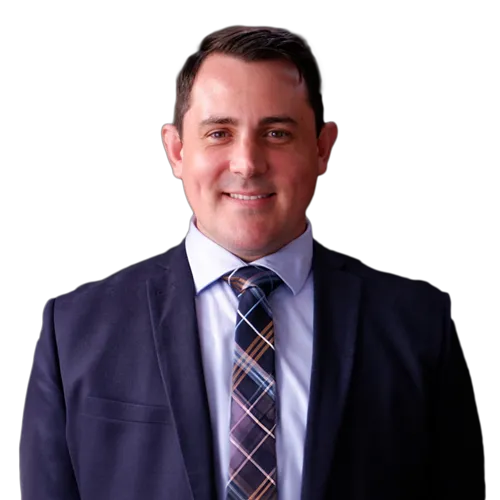Face & Neck lift Surgery
Meloplasty / Rhytidectomy / Cervicoplasty / Platysmaplasty
This page contains information about cosmetic surgery. It is intended for adults aged 18 years and over. Decisions about cosmetic surgery require careful consideration. All surgery carries risks and individual results vary.
Face & Neck lift Surgery Overview
Face and neck lift surgery (meloplasty, rhytidectomy, cervicoplasty or platysmaplasty) is a cosmetic surgical procedure involving the deeper tissues and skin of the face and neck. Adults may consider this procedure when changes in facial or neck tissue position or excess skin cause functional concerns or when they wish to alter the appearance of these areas.
The information below outlines the general steps of the procedure, potential risks and recovery considerations. Individual assessment is required to determine suitability, expected outcomes and alternatives.
General Indications for Face & Neck lift Surgery
Face and neck lift surgery may be discussed in the following situations:
- Changes in skin redundancy in the face or neck region.
- Changes in facial tissue position, including soft-tissue descent or laxity.
- Changes in neck contour due to skin or muscle laxity.
- Functional issues caused by excess skin or tissue in the neck region.
These features can occur as part of natural variation or ageing and do not always require treatment. Surgery is elective and is not medically required unless there is a specific functional impact.
Face & Neck lift Surgery Operation
During a face and neck lift procedure:
- Anaesthesia: General anaesthesia is commonly used.
- Incisions: Incisions are typically placed along natural creases around the ears or hairline.
- Tissue repositioning: Underlying soft tissues may be adjusted or repositioned.
- Skin management: Excess skin may be removed once deeper structures have been addressed.
- Closure: Incisions are closed with sutures and dressings are applied.
The procedure approach varies between individuals. The expected outcome and limitations are discussed during consultation. Results differ between patients and cannot be guaranteed.
Recovery After Face & Neck lift Surgery
Recovery experiences vary. General considerations include:
- Swelling and bruising: These are common and reduce gradually.
- Discomfort: Some tightness or discomfort may occur.
- Activity modification: Strenuous activity is avoided for a period as advised.
- Dietary considerations: Soft foods may be recommended in the early postoperative period.
- Follow-up: Scheduled reviews allow monitoring of healing and provide an opportunity to discuss any concerns.
Timeframes for recovery are individual and cannot be predicted with certainty.
A Note Regarding Combined Procedures
Face and neck lift surgery may sometimes be performed at the same time as other facial procedures. Suitability for combined surgery depends on individual health, examination findings and risk assessment. Combined procedures may increase operative time and require additional consideration. A consultation is needed before any decision is made.
Surgical Risks
Tap to expand
Please note that all surgical procedures carry risks, including the possibility of complications during and after surgery.
While high standards of medical care and safety are always our priority, individual results and recovery times may vary. Each patient’s experience is unique based on their medical history, condition, and other factors. We strongly encourage you to discuss any concerns and the specific risks related to your procedure with Dr Griffin during your consultation. This discussion will provide you with detailed information tailored to your personal health profile and help you make an informed decision.
The information provided here is for educational purposes only and should not be considered medical advice. Consult with a qualified healthcare professional for personalised diagnosis and treatment.
General Operative and Anaesthetic risks
- Acute medical event: Heart or lung complications (e.g. heart attack, stroke, chest infection)
- Death
- Deep Vein Thrombosis (DVT) or Pulmonary Embolisms (PE)
- A sore throat/breathing difficulty due to the general aesthetic or the endotracheal tube, which can cause swelling, noisy breathing or discomfort
- Short-term nausea following general anaesthesia
- Wound infection, which may result in treatment with antibiotics or further treatment/surgery. This is more likely in a smoker or a person with diabetes.
- Heavy bleeding from the wound, which may result in further treatment/surgery
- Wound discharge
- Poor or slow healing of the skin; wound breakdown; skin necrosis
- Wound dehiscence (wound ruptures along the surgical incision)
- Bruising and swelling. This will start to subside in one to two weeks but can take up to several months to settle
- Abscess/Haematoma/Seroma/Oedema
- Pain and discomfort
- Allergic reaction to sutures, dressing, antiseptic solutions
- Altered or loss of sensation in and around the treated area, which may persist for some months, numbness maybe permanent
- Adverse scarring
- Revisionary surgery
- Psychological impact of change in appearance
- Unsatisfactory cosmetic appearance
Specific Procedure Risks
- Skin necrosis
- Haematoma
- Seroma
- Swelling and bruising
- Asymmetry
- Alopecia
- Movement of ears
- Parasthesia (may be numbness or tingling)
- Facial nerve injury
- Extended drainage period
Post-op Instructions
Schedule your consultation today
If you are considering deep plane meloplasty, a consultation is required to assess individual concerns, review medical history, discuss treatment options and outline risks and limitations.
